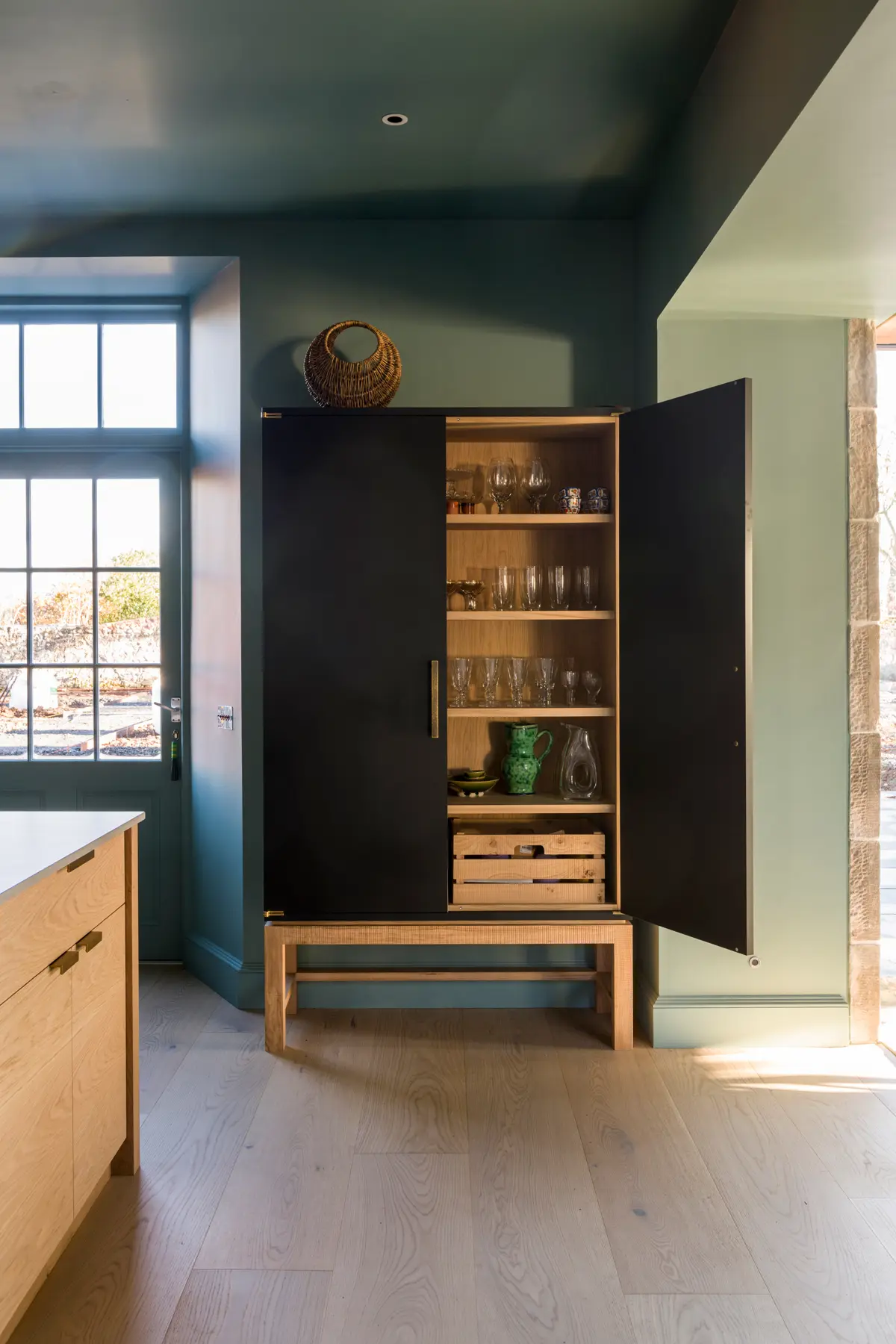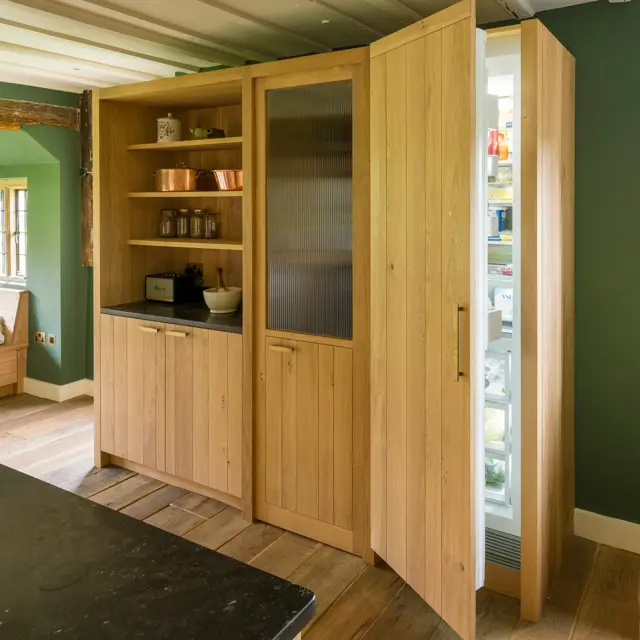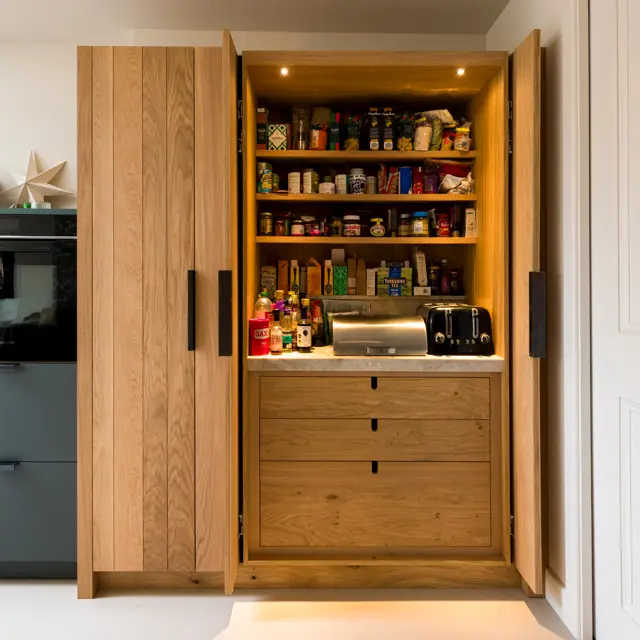The Kitchen Storage Conundrum - The Quest for Order
A kitchen's harmony is often disrupted by the quiet chaos of poor storage. A lack of considered space, layouts that hinder rather than help, and the daily frustration of inaccessible tools can transform a place of joy into one of disarray.
Order is either inherent or everything else is just surface. See it falter and chaos creeps in—not as drama, but as the silent undoing of moments meant to be calm.
Countertops become burdened, valuable vertical space is overlooked, and the depths of drawers and cabinets descend into a cluttered abyss where items are lost rather than found.
This is a challenge we meet with thoughtful design. A well-crafted kitchen understands the rhythm of its user, anticipating the need for everything to have its place, ready at hand. It’s about transforming these areas of friction into moments of ease.
Kitchen contentment is largely about order. It is in the quiet, well-ordered spaces that the true contentment of kitchen life is discovered.
Designing kitchen storage begins long before wood is chosen. The first act is a pencil. Drawing is the opening argument. Not all drawings survive. Some are too safe. Proportion has to answer back: does it have rhythm, a fraction of extra clearance beside a pantry door? This is not repetition. It’s refusal to settle for convenient answers.
Take our maker’s workshop. Not silent, never sterile. Shelves labelled by hand, the methodical sound of measured repetition. The backs of drawers receive the same patience as the visible. Edges broken by touch, not machine. The joint you’ll never see takes as much care as the door you pass every morning. None of this is polite. It is an insistence: integrity everywhere or nowhere.
To approach kitchen storage this way is the belief that any tool, knife, bowl or tattered recipe deserves its place and its moment. Repetition is not tyranny. With good order, muscle memory takes over. You reach for a ladle and find it, eyes closed. You open a larder cupboard and are met not with clatter, but with easy readiness. Less time spent searching, more time for the only things that matter: a conversation, a pause, a silent nod as bread is cut and shared.
Storage as a function in kitchen design is a form of care, yes, but also demand. It meets you in the small acts, the ones that build a day. It refuses shortcut or compromise. It is the unspoken pact between maker and user that the simple act of designing storage is worth doing brilliantly, or not at all.
To make order is to make time.


